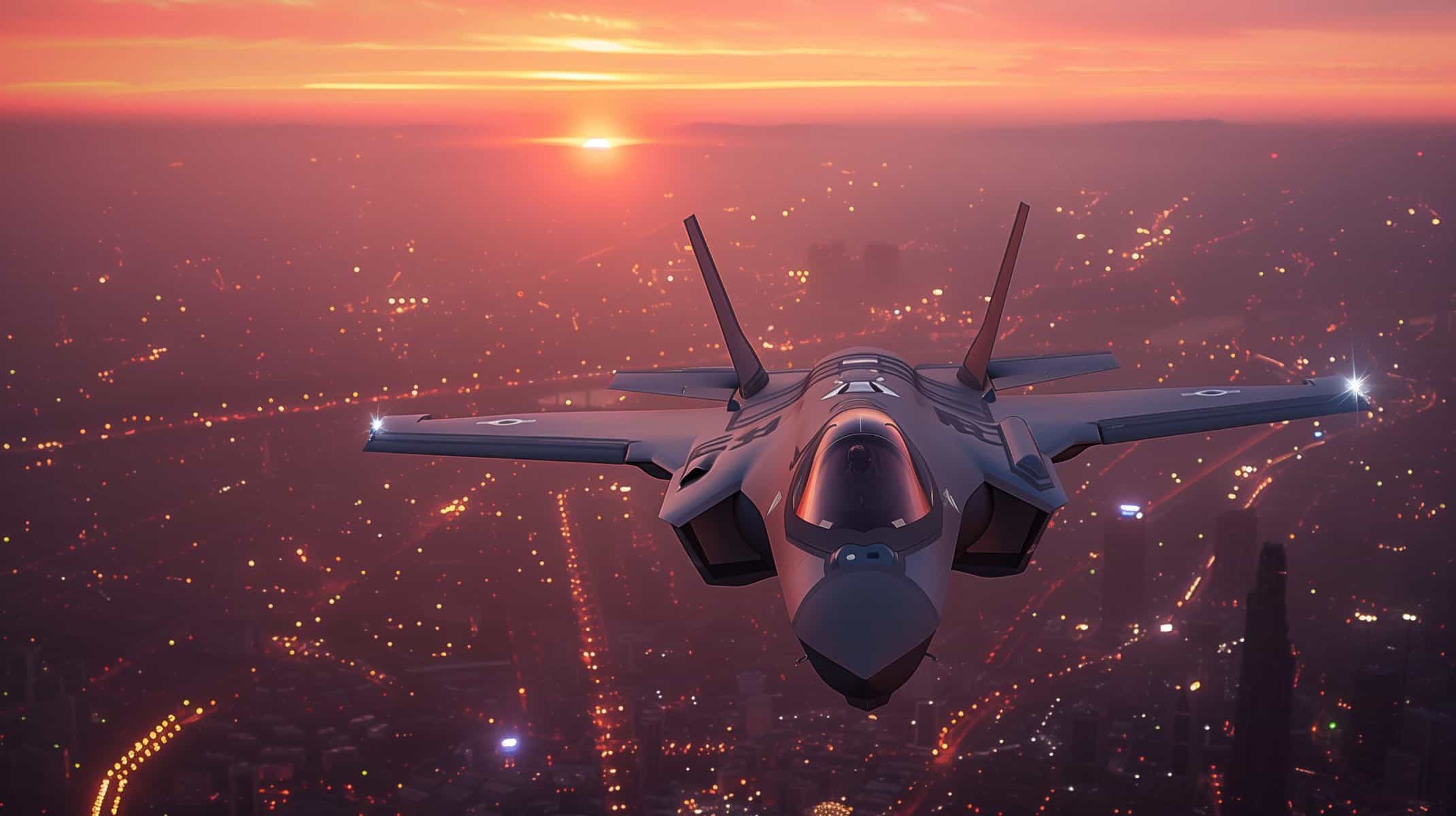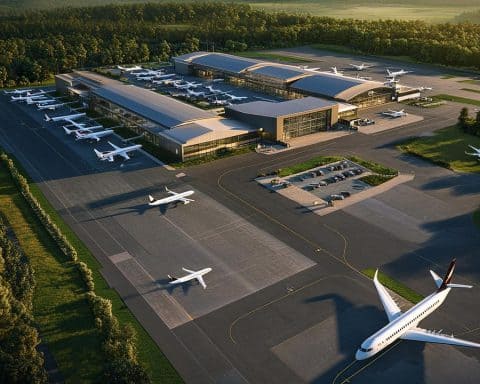- The U.S. Air Force demonstrated its aerial strength with an “Elephant Walk” of F-22 Raptors at Langley Air Force Base on January 31, 2025.
- This drill was designed to ensure pilots and crews can rapidly deploy these advanced fighter jets, showcasing U.S. readiness and air dominance.
- The F-22 is a crucial component of U.S. military power, noted for its stealth, speed, and agility, but it faces challenges like aging technology and high maintenance costs.
- With competing advancements from China and Russia, the focus shifts to the future technology and strategies needed to maintain air superiority.
- Congress has resisted plans to retire parts of the fleet, prompting discussions on balancing the F-22’s lifespan with new developments in air combat technology.
- The U.S. Air Force’s decisions now will impact the future of American air superiority.
Under the crisp, watchful skies on January 31, 2025, the U.S. Air Force executed a breathtaking demonstration of aerial might at Langley Air Force Base, Virginia. The spectacle, known as the “Elephant Walk,” saw a procession of F-22 Raptors maneuvering with synchronized precision—each a testament to American engineering prowess as they rumbled down the runway like mighty war steeds ready for battle.
The formation was no mere exhibition; it was a sharp reminder of the United States’ vigilant preparation in an unpredictable world. This was a drill with purpose: to verify that pilots and crews could seamlessly launch these technological marvels at a moment’s notice.
The F-22, with its ghostly stealth, dazzling speed, and unmatched agility, remains a keystone in America’s air dominance arsenal. This showcase served as both reassurance to allies and a stern warning to adversaries, a vivid proclamation that U.S. aerial defenses stand poised and unwavering.
Yet, as this symbol of U.S. military might cuts through the skies, it faces an uncertain future. Born at the twilight of the 20th century, the F-22’s journey is beset by challenges—aging technology, high maintenance costs, and an expired production line. Despite its supremacy, only a scant number remain combat-ready.
As rivals like China and Russia press forward with their own fifth-generation fighters, the debate shifts from its current capability to its continued evolution. Congress has blocked attempts to retire portions of the fleet, forcing a reevaluation of how American air combat will transition to the Next Generation Air Dominance initiative.
Standing at this juncture, the U.S. Air Force must choose: extend the lifespan of today’s warriors or invest in tomorrow’s titans. In this strategic balancing act lies the future of American air superiority, and the world waits to see which path it will take.
The Future of Aerial Dominance: What’s Next for America’s Air Force?
Expanded Insights on the F-22 and Future of Air Combat
The F-22 Raptor—a symbol of American military prowess—recently headlined a dramatic “Elephant Walk” drill at Langley Air Force Base. Designed to showcase readiness, this event underscored both the strengths and impending challenges of America’s current air defense strategy. However, the aviation world holds much more beneath the surface. Here, we delve into more details, discussions, and strategic considerations that the original article didn’t cover.
Technological Evolution: F-22 vs. Emerging Threats
Features and Limitations:
The F-22 boasts impressive stealth, speed, and maneuverability, which make it a formidable component of the U.S. air arsenal. However, it is also laden with aging technology and high maintenance costs, given its inception in the late 20th century. Only a limited number remain combat-ready, with production lines shut down, presenting a unique challenge amidst evolving global threats.
Comparisons to Global Counterparts:
Comparative analyses with other fifth-generation fighters, such as China’s J-20 and Russia’s Su-57, reveal a rapidly changing landscape. While the F-22 excels in certain areas, advancements in foreign aircraft technology are closing this gap. These comparisons are crucial for understanding the capabilities of potential adversaries and re-evaluating U.S. strategies.
Market Analysis and Economic Implications
Market Forecasts and Pricing Concerns:
Maintaining and upgrading the existing fleet incurs significant expenses. Decisions must weigh the costs of sustaining the F-22 versus investing in next-generation platforms like the Next Generation Air Dominance (NGAD). The future market for fighter jets is anticipated to expand significantly, driven by security needs and increased geopolitical tensions.
Economic Impact:
The aircraft industry heavily influences technology and job markets. The decisions surrounding the F-22 and subsequent innovations could either uphold or disrupt economic stability within this sector. Defense contractors play a pivotal role, and their influence could steer the decision-making process toward more sustainable financial paths.
Expert Debates and Strategic Choices
Pros and Cons of Extending F-22’s Life:
Pros include maintaining a proven, familiar technology that offers immediate combat readiness. Cons involve obsolescence risks and high maintenance costs. Meanwhile, investment in NGAD promises futuristic technology but comes with uncertainties in development times and operational rollout.
Sustainability and Innovations:
Innovations in sustainability, such as more fuel-efficient technologies and reduced carbon footprints, are becoming essential in military procurement. The next steps in aircraft development will need to consider these environmental factors, especially as global pressures on emissions increase.
Critical Questions for the Future
– How does the Air Force plan to address the shrinking fleet while maintaining air superiority?
– This remains a pivotal question, as it will determine strategic priorities between upgrading the F-22 or accelerating NGAD development.
– What are the security implications of current technologies aging faster than new ones can be developed?
– With global tensions and technological races heating up, strategic foresight is essential to prevent capability gaps.
– How will economic and political pressures shape future procurement and defense strategies?
– The balancing act between fiscal responsibility and military necessity informs every decision, especially under public and congressional scrutiny.
Relevant External Links
For more insights and updates on aviation technology and defense strategies, visit:
Lockheed Martin
Boeing
Global Security
These domains provide deeper dives into aerospace innovations, policy analyses, and market trends crucial for understanding the world of air combat and defense.


















